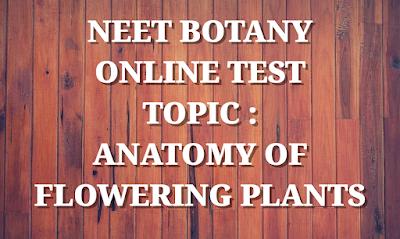Home »
NEET_BOTANY_2
» NCERT CLASS 11 | TOPIC : ANATOMY OF FLOWERING PLANTS - TISSUES | QB-1 | NEET BIOLOGY ONLINE TEST
NCERT CLASS 11 | TOPIC : ANATOMY OF FLOWERING PLANTS - TISSUES | QB-1 | NEET BIOLOGY ONLINE TEST
RECENT POSTS 2024
Get Latest Updates: Follow Us On WhatsApp















No comments:
Post a Comment